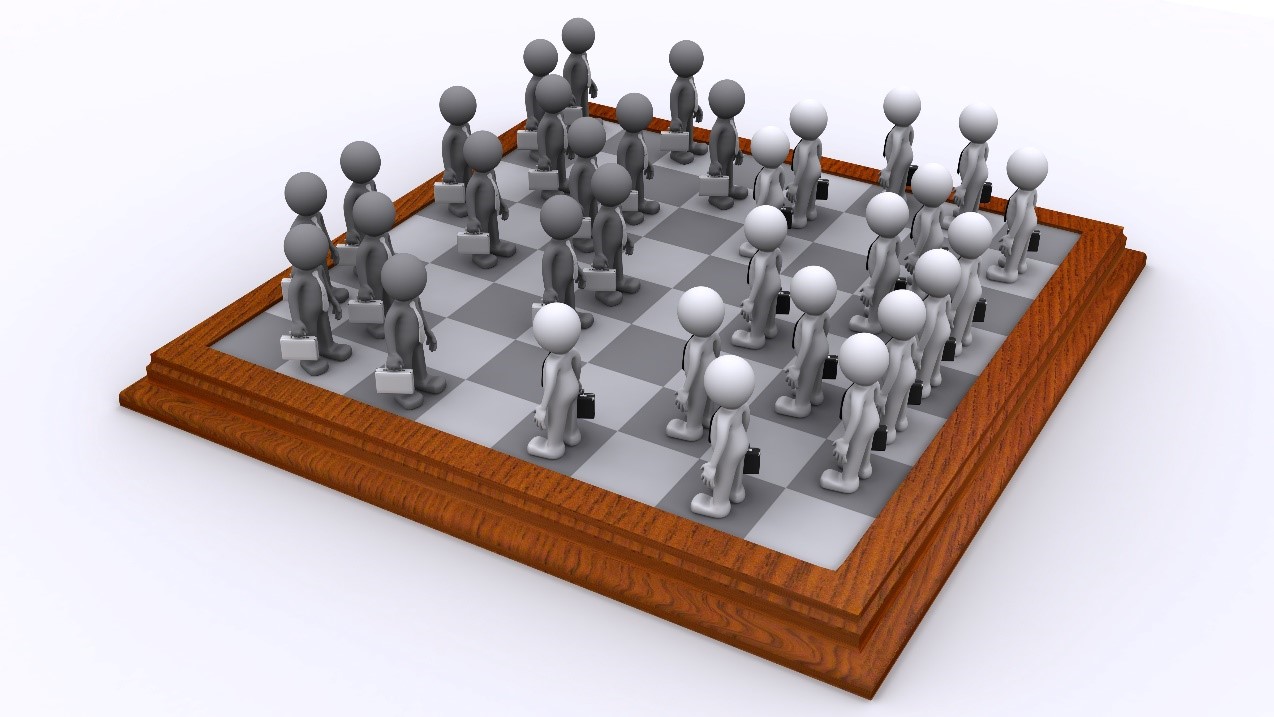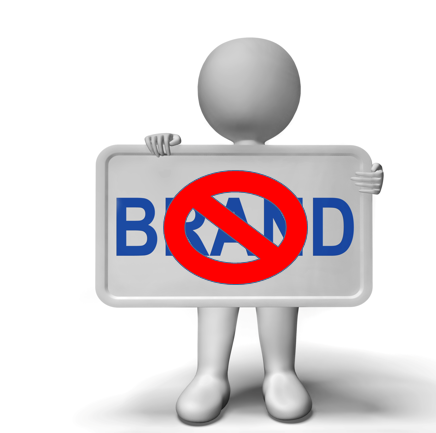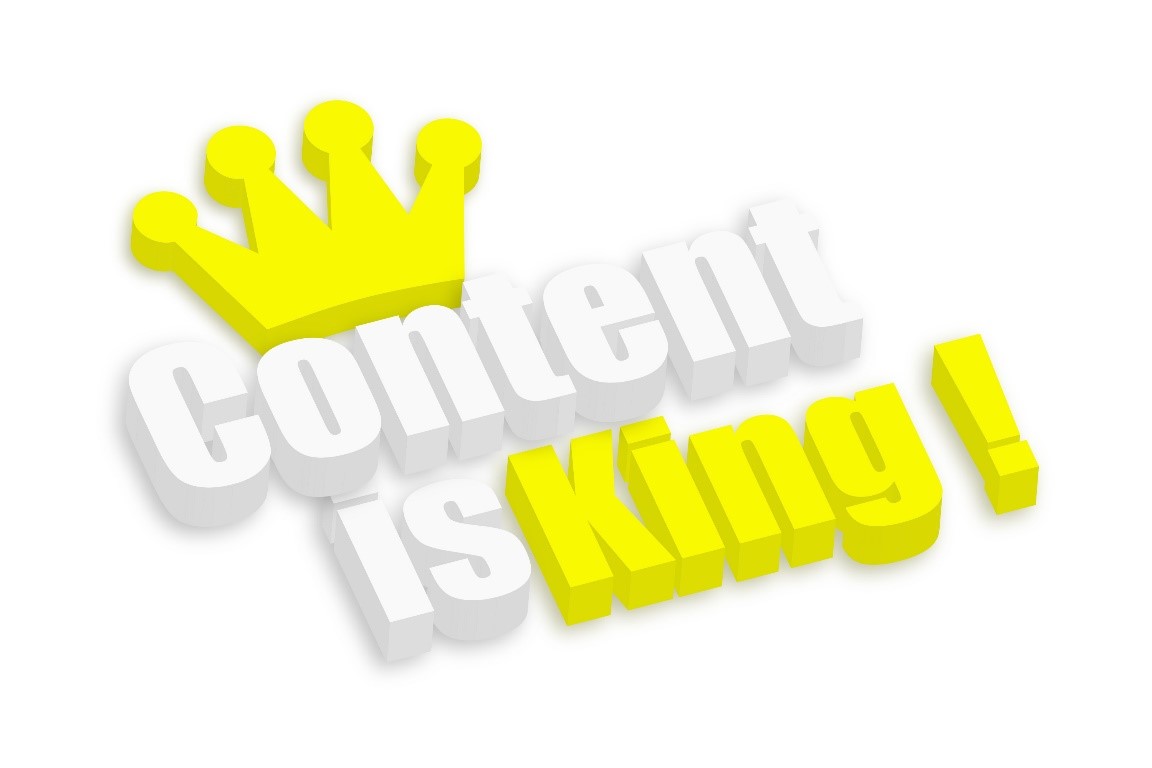Ten years ago, I realized that the worldwide web had turned social. I wasn’t certain when it happened, but suddenly it became a reality. The social revolution really put talent sourcers on the map. Social media was the answer to our dreams; people were no longer in hiding, we could find anyone. Social recruiting became a highly valued expertise and the adventure began.
Raised in the third party world of recruiting, I knew the value of a profession aligned or expertise based network. It seemed logical to me that we could move that recruiter network online and keep prospects/candidates in orbit until we had an opening that would match their skills. To my surprise, it worked. And it worked at the corporate enterprise level.
My career path allowed me to test my belief that we could use technology to put a human touch into recruiting. I was blessed to work with some amazing entrepreneurs that were changing the HR technology landscape. I learned to appreciate the Jeff Jarvis phrase, “everything is in beta,” as we road mapped, tested, improved, and continue to evolve our systems and processes to adapt to the changing social landscape and social fads.
What began as a theoretical idea about communities of talent has resulted in several online community models that have been functioning for more than a decade. The versions of community that I am describing are virtual places where people connect, share ideas, exchange information or collaborate with online tools. The communities are formed around interests, values or affinity of a group of people. In talent acquisition, we create online communities for people that have certain skills or belong to a certain profession or may have an affinity for our organization.
So, what have I learned over the last ten years? The lessons that are imprinted on my brain that informed my approach to talent communities are highlighted below.

- Talent is more loyal to their profession than to their employers. I guessed correctly on this one. Actually, it wasn’t much of a guess, as in the 1970s, I witnessed organizations creating a new strategy; laying off long term employees that had sizable & costly pensions. That disruptive behavior forced professionals to create a new loyalty to their professions which gave rise to associations, networks, and professional organizations. Fast forward to today, the Internet provides a new meeting place for professionals to share ideas and learn about the work they are doing.

- Relationships cannot be automated. I know because I still keep trying. Simply pushing job or brand related content out to a group of people will not lead to engagement. I have built several LinkedIn Groups that have over 1,000 members and the only ones that could be considered communities are ones that engage. Community involves being social and that requires an investment of time and providing value to the citizens of the community.

- Most talent brands are just not that interesting. The social landscape is littered with dormant communities that are branded with careers at (you fill in the company name). Most attempts to build a community around a brand fail because the brand is not very interesting once the prospect has found another job. Emails communicating the listed job opening or brand touting video are ignored. On the other hand, communities that are focused on the target audience values and interests have worked well. Remember, it is about them, not about us.

- Creating relationships will take time. Community takes time to age and grow; in our do more with less economy, it is challenging. A community can be built with a few passionate people committed to the same cause or initiative. That said, real momentum may not be realized for two to three years. A community that is created, curated and managed correctly can have an eight to ten year lifecycle.

- Vanity metrics mean little in terms of community ROI. Measuring vanity metrics (likes, thumbs up, shares) are socially important, but they do not measure whether something is effective. The metrics that matter are whether the target audience finds value in the community. The NPS (net promoter score) is a much more valuable means of measuring success.

- Content is our new king. In a community, content drives engagement; conversation, comments and develops trust with the citizens of the community. This is especially true of content that is of interest to the community. Profession or affinity-based content has proved to be the most successful in building community.

- Community trumps advertising when talent is scarce. Data tells us that 15-20 percent of a targeted talent segment is actively looking for work. Active job seekers see our ads in a multiple of platforms and respond accordingly. But there are not enough active job seekers in our mission critical talent segments. We need to get to the 80 percent that is not reading ads. Imagine if we had access to 40-60 percent of target talent segment in a community environment. Mission critical talent; the most we can hope from in terms of talent is that our brand is top of mind when a person becomes interested in making a job change.
Talent communities are investments that focus on talent segments that are critical to the long-term success of an organization. The organization’s employees who share that skill or profession become citizens of the online community and actively contribute and participate in activities. The participation allows for connections, interactions and genuine relationships that are grounded in the shared affinity. The organization’s goal is to be top of mind when a community member decides to make a job change.
In talent acquisition, we call a lot of things “talent communities.”
